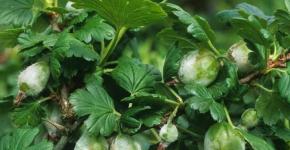Daphne
The genus includes about 50 species of wolfberry, common in Eurasia. There are 14 species in our country. Some species of daphne of the modern genus with leathery foliage resemble laurel.
Evergreen or deciduous, small shrubs with a wide spreading or cupped crown. With short petiolate, obtuse elliptical or lanceolate, smooth, hard leaves.
The flowers are fragrant, numerous, densely covering the shoots of the previous year. The fruits of the wolfberry are bright, they persist for a long time on the branches.
A short botanical description does not convey the charm and charm of this shrub. The wolfberry is the pearl of the flora.
In addition to amazing flowering, the shrub also gives a wonderful aroma, pleasant and strong enough, it can be felt from a distance, and most importantly, it is different in different species.
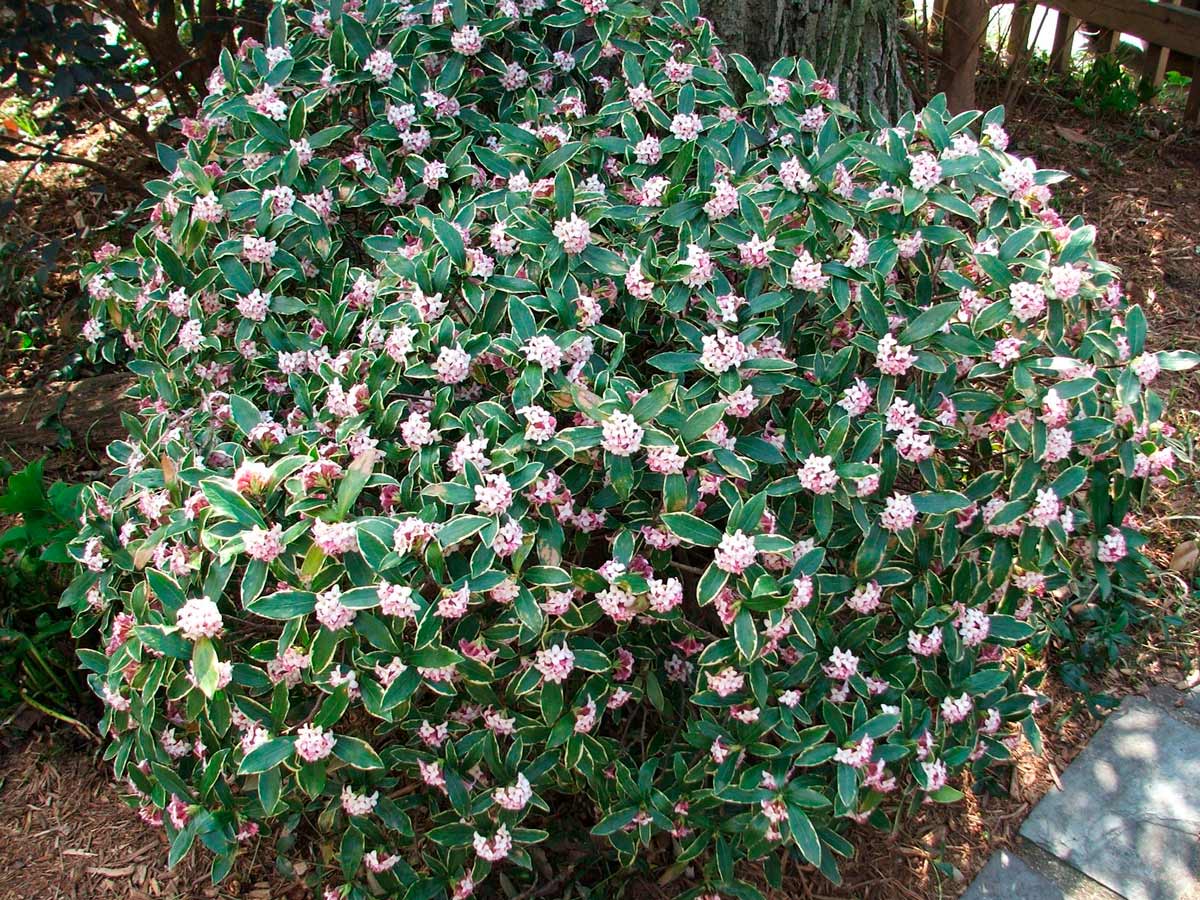
A good feature of this plant is a fairly long flowering period - about 25 days, and in hot weather - more than a month.
At the beginning of autumn, the wolfberry again attracts a lot of attention - the fruits ripen, in most of the species they are brightly colored - yellow, black or red.
Unfortunately, not all types of wolfberry bear fruit in garden culture.
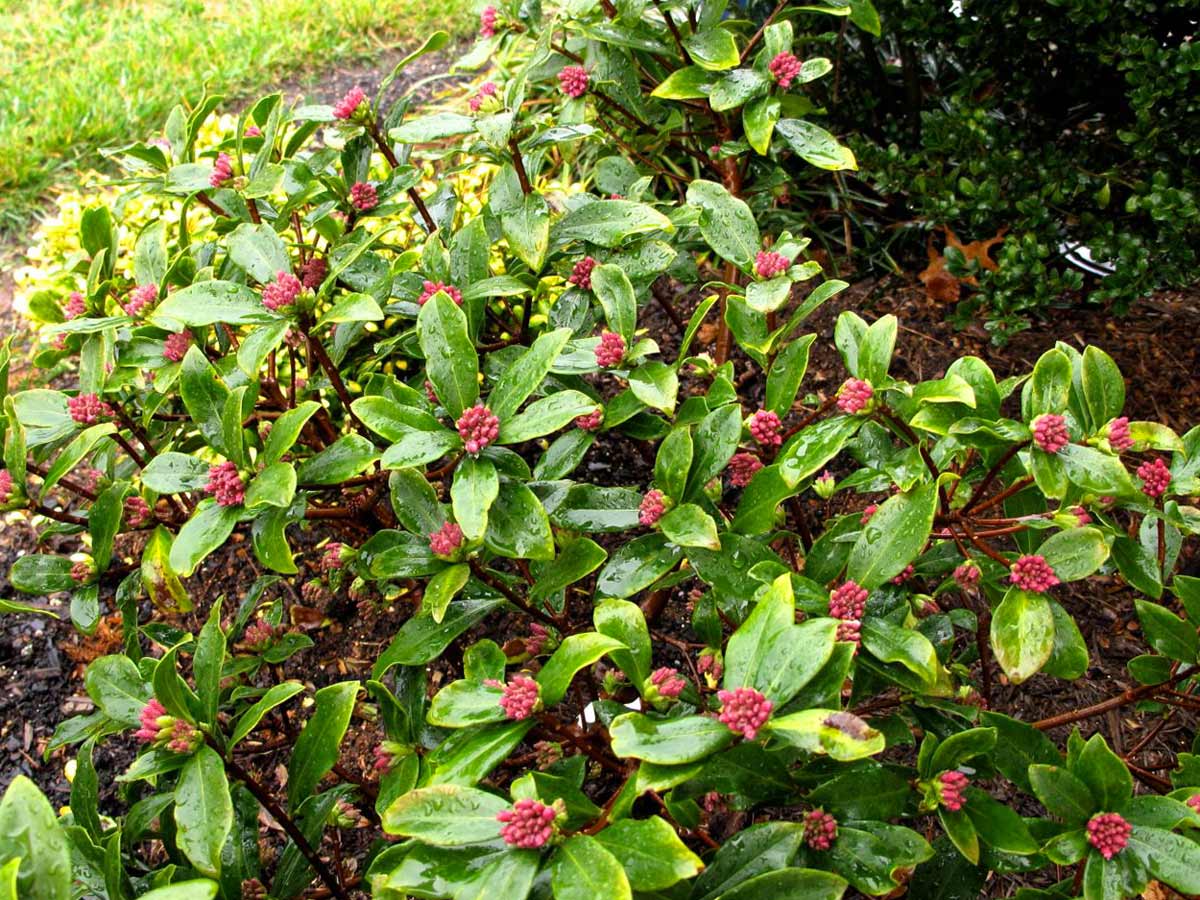
In our region there are not so many primroses shrubs. One of them is the Wolf bast (wolfberry, wolf), which blooms in the forests near Moscow, racing with spring streams. A meeting with a blooming wolfberry is always unexpected.
Europeans grow about a dozen species, as well as varieties of wolfberry, one better than the other.
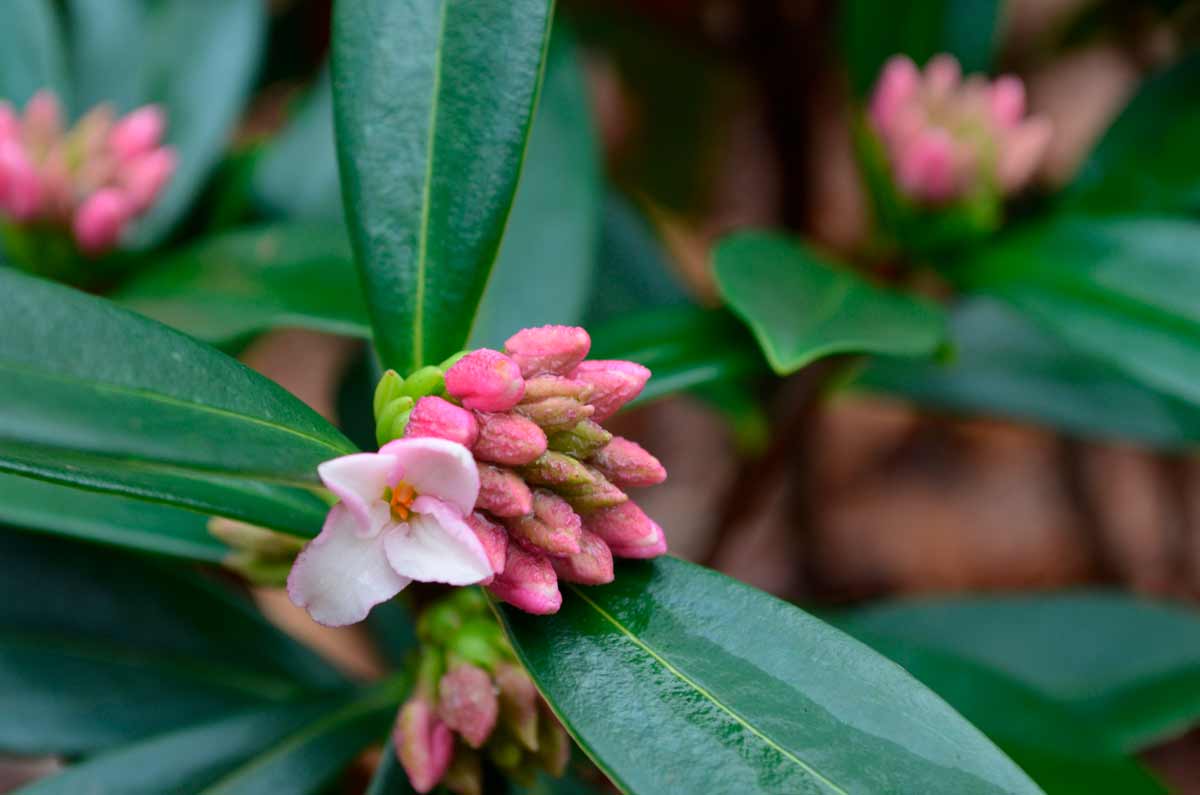
Deadly wolfberry
The popular name of the shrub is given for its strength of strips of bark, which are difficult to break.
In natural conditions, it grows in the forest areas of central and northern Russia. The wolfberry transferred from the forest to the garden is rightfully considered one of the pearls among the lush blooming bushes of our gardens.
Daphne is rarely more than 1 m in height. Tempting with its early colorful flowering. The flowers are small, fragrant, in bunches or single, lilac-pink or lilac-pink, in exceptional cases - white and cream.

The deadly wolfberry blooms before the foliage blooms, luxuriantly covering the shoots, for 20 days. In early autumn, the bush becomes even more beautiful, covered with bright red berries. In winter, flowers soon bloom on the branches cut into the water, filling the entire room with aroma.
Deadly wolfberry grows slowly. Grows well in small shade, on well-fertilized soil. Frost resistant. Drought intolerant.
"Wolf's bast" is perfectly cut with annual shoots. He does not like transplanting, so it is better to cut it directly into pots.
Buy planting material only with a closed root system. Very beautiful in the phase of flowering and fruiting. Looks great in group plantings in a small shade of trees.
Deadly wolfberry has decorative forms: white - with snow-white, fragrant flowers and yellow fruits; large-flowered - with large, purple flowers; terry - with double, white flowers.
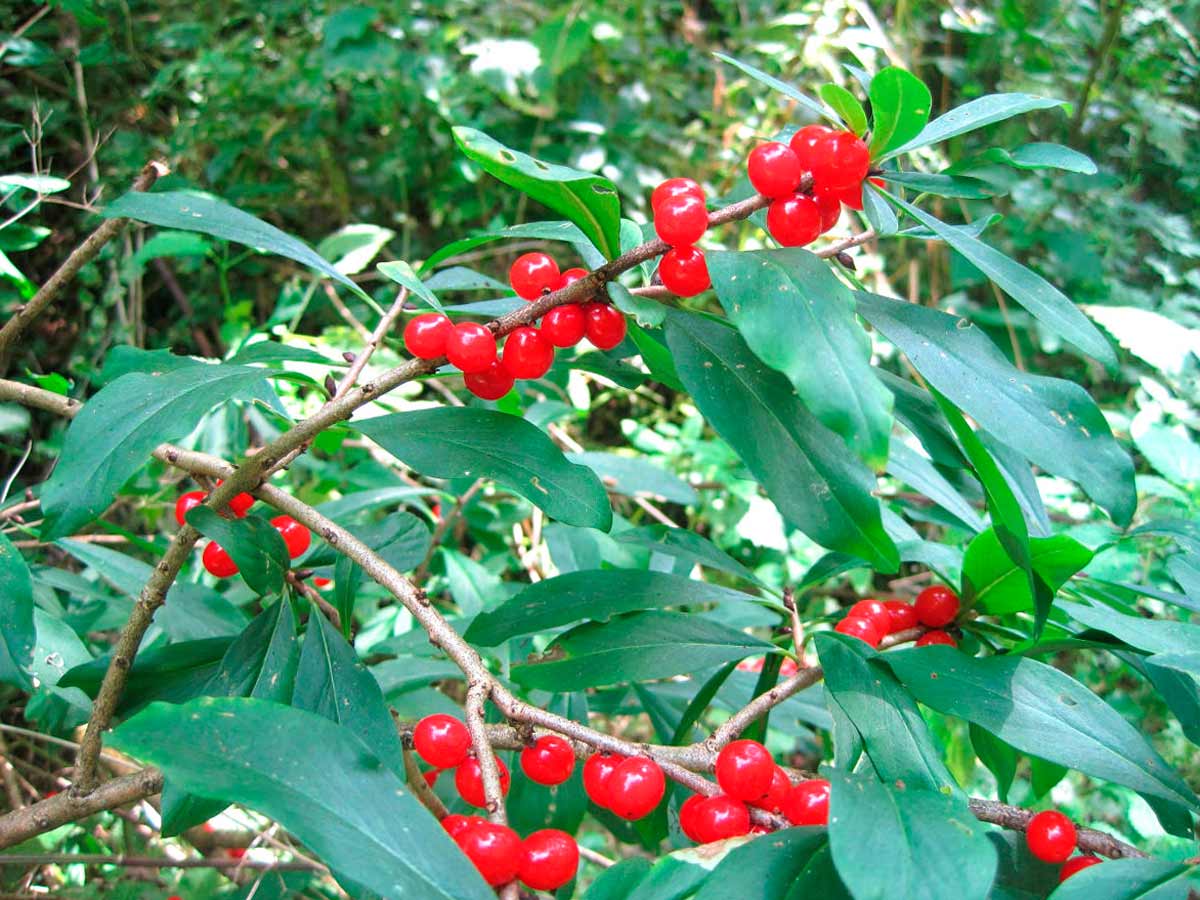
Daffodil borovoy or Julia
Found in the mountains of Europe. In Russia, it is rarely found in the Belgorod region on limestone and crushed stone soils.
A relict shrub with branches covered with brown bark. Foliage, wolfberry blooms in May - June, cherry or pinkish, sometimes white flowers. The inflorescences exude a vanilla aroma. The flowers cover the bush completely.
Fruits are leathery, yellowish-brown in color. Julia's wolfberry grows slowly, in small groups on forest edges, sometimes among bushes.
The roots of wolfberry boron penetrate into the soil to a depth of 1.5 m (in nature, it is almost impossible to dig it out, and it is forbidden).

The garden requires moist soil and a sunny location, but tolerates partial shade. When planting a shrub in a hot place, mulching is required. Under the snow, the boar wolfberry hibernates without any problems.
In Europe, Julia's wolfberry is called a flower garland.
Common varieties:
"Eximia"- a flattened bush with large foliage and flowers;
"Ruby Glow"- with bright flowers;
"Major"- with purple flowers;
"Variegata"- with cream-bordered foliage.
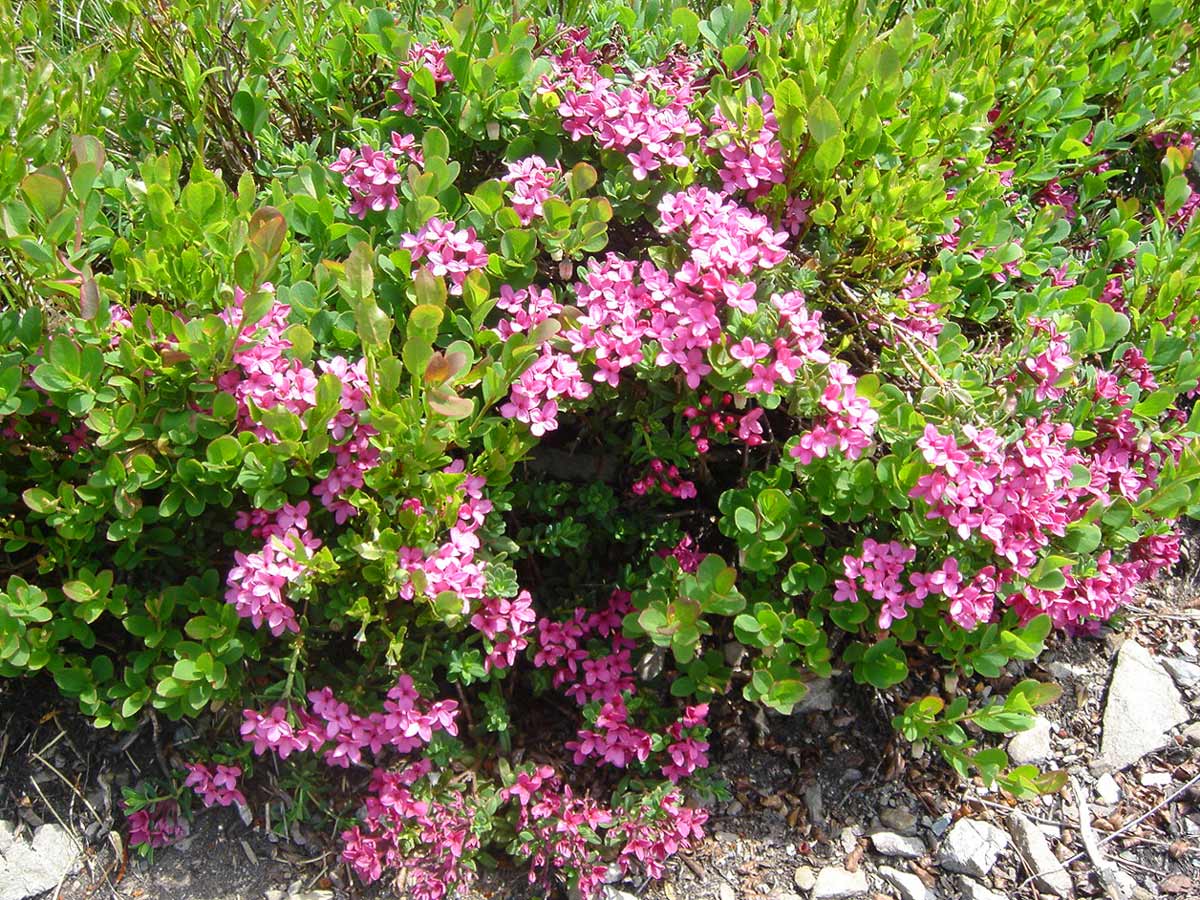
The location of the wolfberry
Shade tolerant, but grows best in open places.
Soil for wolfberry
The wolfberry is grown in moist, well-drained soils. The shrub does not tolerate overdrying.
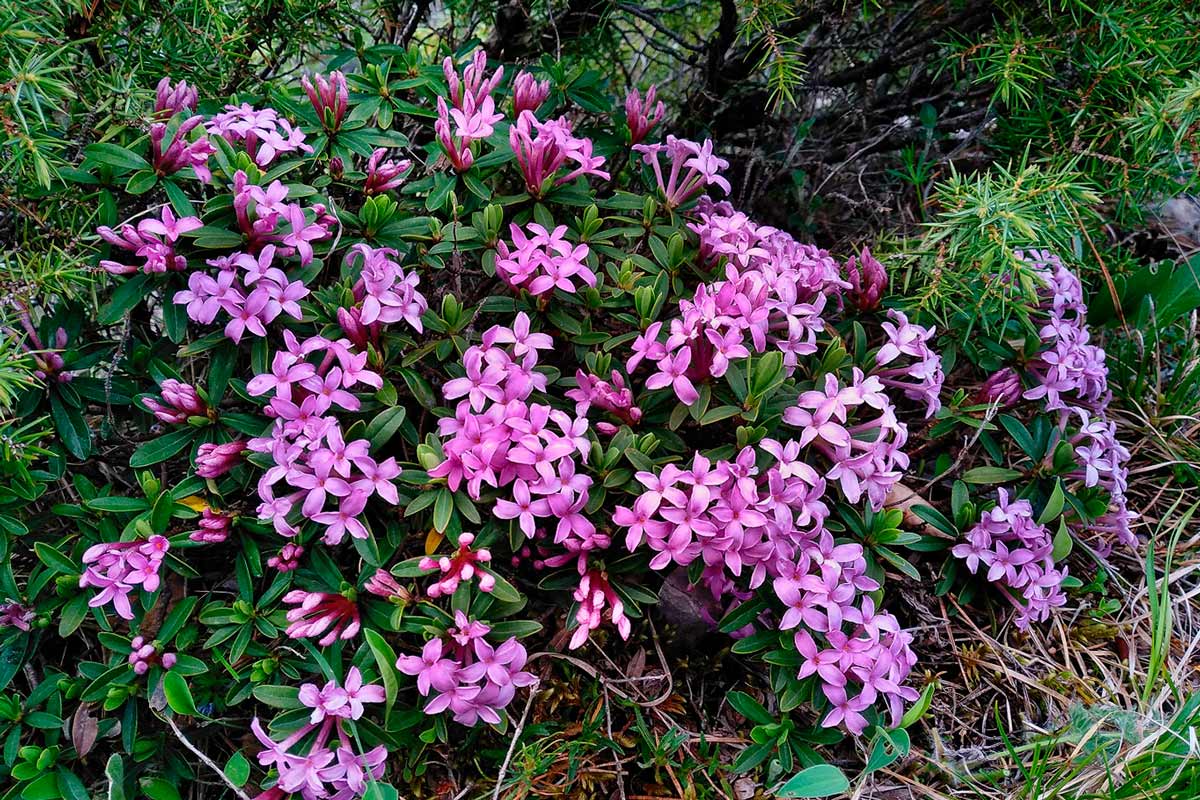
Wolfberry care
In late autumn, you need to remove diseased shoots. Strong pruning of the shrub is contraindicated, since the bush almost does not form new shoots, but grows only along the perimeter of the crown.
In the early years, it is important to form a bush of the correct shape. The soil must be mulched in order to create favorable conditions for the roots: moisture and coolness.
Propagation of a wolfberry: by seeds, cuttings, layering, offspring, as well as dividing the bush. Daphne cuttings take root in early summer. The wolfberry has a hard time transferring.
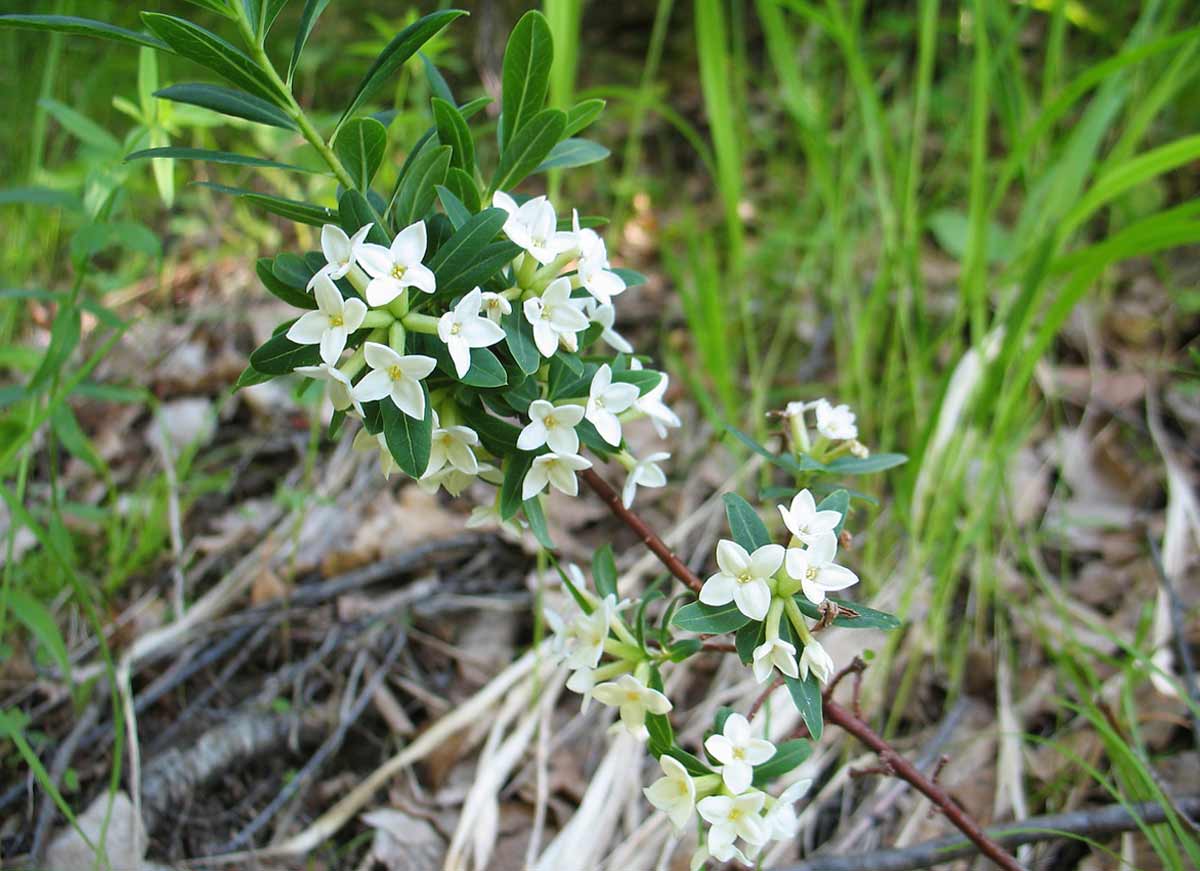
Using wolfberry
Wolfs are excellent early honey plants. Well suited for planting in heather thickets, rock gardens and lawns. Daffodil twigs cut in winter can bloom in your home.
Daffodil is not common in our gardens. The main reason is the toxicity of the plant. The bark, flowers, leaves, fruits are poisonous. 10 berries are fatal to humans.

